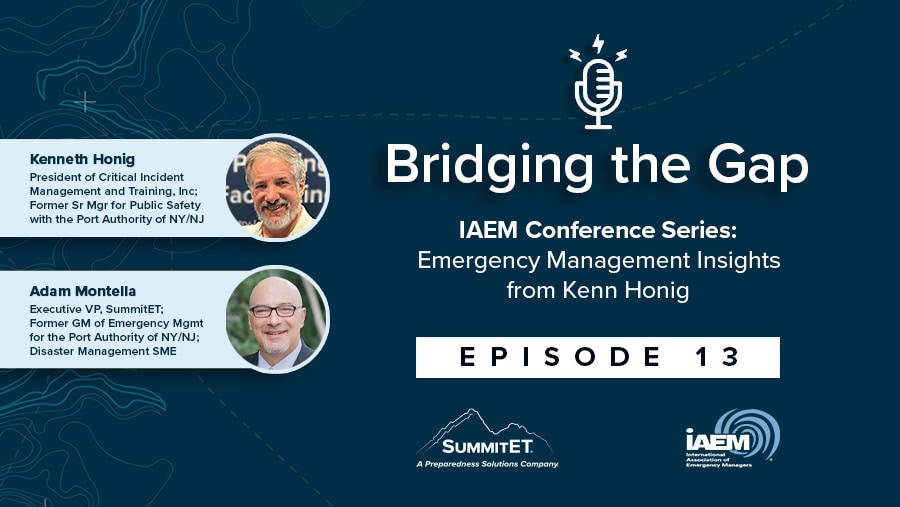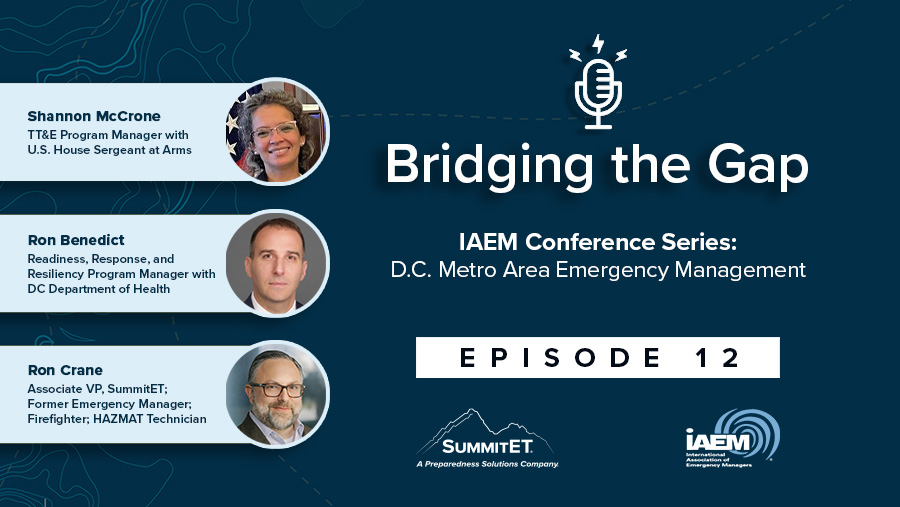Over the past month, COVID-19 has impacted us in ways we never thought possible. We are confronting school closures, working from home, closings of our favorite bars, restaurants, and retail establishments, cancellation of entertainment and sports events, and shortages of food and paper products on grocery shelves. This impact has also been deeply felt by healthcare providers and hospitals.
What is Surge Capacity?
According to The American College of Emergency Physicians (ACEP) https://www.acep.org/patient-care/policy-statements/health-care-system-surge-capacity-recognition-preparedness-and-response/, surge capacity is…
“a measurable representation of ability to manage a sudden influx of patients. . . dependent on a well-functioning incident management system and the variables of space, supplies, staff . . .”
Surge capacity is unique for each hospital. It is logical to assume hospitals in larger cities have more surge capacity than those located in smaller locales. However, it does not mean the larger hospital has an infinite surge capacity. In a recent Knox County, Tennessee, Health Department COVID-19 news conference, the spokesperson was asked to define surge in layperson terms. In response, the official said it boils down to…
The Four S’s:
-
Staff: healthcare providers, doctors, nurses, lab techs, etc.
-
Space: the number of patient beds available
-
Stuff: supplies such as protective personal equipment (PPE), masks, ventilators, face shields, drugs, etc.
-
Situation: COVID-19
On the healthcare front, medical care providers face challenges that include not only making life and death decisions, but long-/short-term mental health and potential post traumatic stress disorder (PTSD) issues, shortages of medical equipment, healthcare workers’ and first responders’ safety. Daily, hospital surge capacity is discussed on every news program. We have become more aware of challenges confronting our healthcare industry as a result of COVID-19.
The average American, who has more than likely seen too many made-for-TV dramas, may assume hospitals can respond to any emergency regardless of its magnitude. COVID-19 presents us with new healthcare jargon to understand such as PPE, vents, face shields, and one of the most important, surge capacity.
Learn More
To learn more about surge capacity and hospital preparedness, check out these links:
-
Hospital Preparedness Program (HPP)
https://www.phe.gov/Preparedness/planning/hpp/Pages/default.aspx
-
Centers for Medicare and Medicaid Services (CMS)
https://www.cms.gov/
-
Joint Commission on Accreditation for Healthcare Organizations (Joint Commission)
https://www.jointcommission.org/
If your organization would like additional information or to learn more about how SummitET® can support your organization’s preparedness, please contact our experts at info@summitet.com or https://summitet.com/contact-us.




